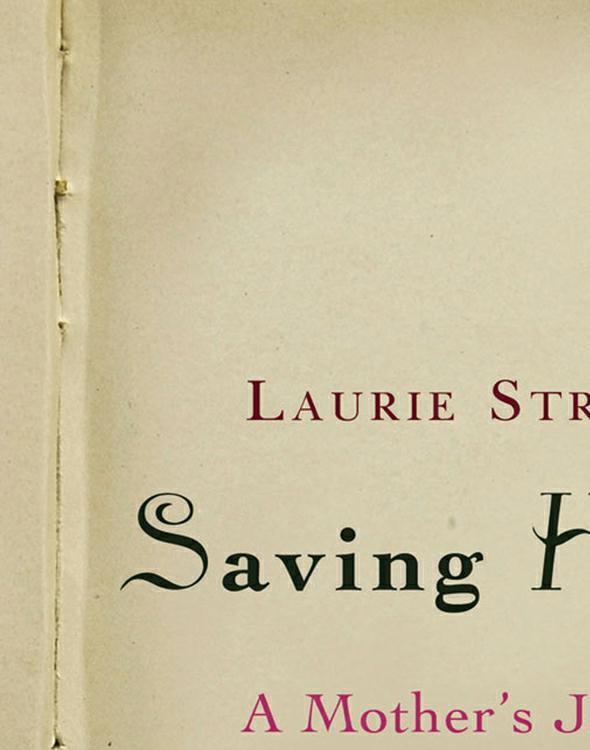
Saving Henry
A Mother's Journey
سفر یک مادر
کتاب های مرتبط
- اطلاعات
- نقد و بررسی
- دیدگاه کاربران
نقد و بررسی

February 1, 2010
Within a month of his 1995 birth, Henry Strongin Goldberg was diagnosed with Fanconi anemia, a rare, frequently fatal genetic disease that disproportionally strikes Ashkenazi Jews. It frequently leads to aplastic anemia, a fatal disorder compromising the body's ability to fight infection unless cured by a successful stem-cell transplant from the umbilical-cord blood of a perfectly matched sibling donor. As previously chronicled by a New York Times Magazine
writer and on ABC TV's Nightline,
the author and her husband became the first FA carriers to use a controversial procedure to identify and implant an artificially conceived embryo that was a healthy genetic match for Henry. But after nine failed attempts at conceiving in four years and government interference, they ran out of time and had to resort to a mismatched, unrelated donor. Two years and numerous complications later, seven-year-old Henry—intelligent, charming, and supremely brave—died. Strongin's frank description of her experience as the mother of a dying child and her lucid explanations of medical jargon will be helpful and inspiring to parents in similar straits and a boon to those whose children suffer from Fanconi anemia.

December 15, 2009
Personal recollections of the mother of a child with a deadly disease, revealing the high and lows of his short life and advocating support for embryonic stem-cell research.
Strongin, founder of a foundation that provides programs for children with life-threatening illnesses, gave birth in 1995 to Henry, who had Falconi anemia, a rare genetic disorder. Stem cells from the umbilical-cord blood of a perfectly matched sibling—a healthy brother or sister whose human leukocyte antigen was the same as Henry's—offered the best chance for Henry's survival. When Strongin and her husband learned that a new process called preimplantation genetic diagnosis (PGD) could select a matching embryo by extracting and examining its DNA, they opted to use the available science to try to produce a life-saving sibling for Henry. However, after Congress passed the Dickey Amendment in 1995, embryonic stem-cell research was greatly hampered and their doctor, a leading PGD researcher, lost his job, costing them precious time. Henry was two years old before the process could restart. Strongin kept a journal, recording her hopes and disappointments during her experiences with the PGD process, which involved repeated injection of fertility drugs, in-vitro fertilization and implantation. After four years, nine attempts and thousands of dollars, time ran out, and doctors gave Henry a stem-cell transplant from the bone marrow of an unrelated donor. The author relates not just the medical and emotional ups and downs, but the family's successful efforts to give Henry, an outgoing boy with a winning personality, a happy childhood. Additional glimpses of Henry appear in lists of his favorite things—collecting marbles, sleeping in tents, root-beer–flavored anesthesia, reading by headlamp—that precede each chapter, and excerpts from postings on her husband's blog about Henry round out the portrait.
A heartrending story that sends a clear message about the life-saving potential of stem-cell research.
(COPYRIGHT (2009) KIRKUS REVIEWS/NIELSEN BUSINESS MEDIA, INC. ALL RIGHTS RESERVED.)

























دیدگاه کاربران